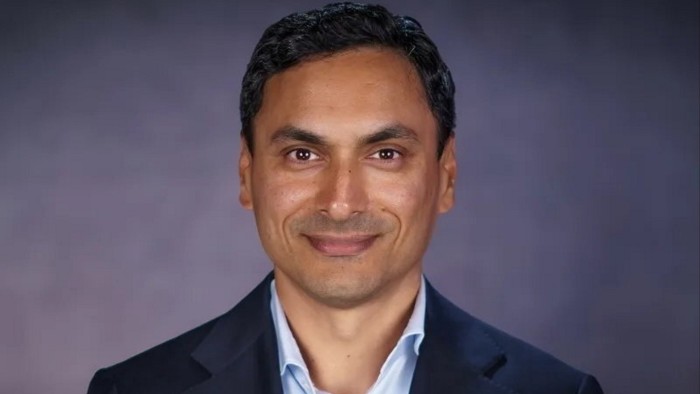Unlock the Editor’s Digest for free
Roula Khalaf, Editor of the FT, selects her favourite stories in this weekly newsletter.
CNBC will launch a subscription TV streaming service on platforms including Apple TV and expand its radio-like audio options, as the US broadcaster revamps its international schedule.
Deep Bagchee, president of CNBC International, who is responsible for the group’s business outside the US, told the Financial Times that it was making a “big pivot . . . beyond just public markets” that would also include more international content and coverage of private markets and areas such as crypto.
CNBC International provides global coverage to the US cable network, including from hubs and bureaus in London, Singapore and Hong Kong. The broadcaster relies more on advertising funding than its US parent, which has a large cable revenue stream.
The US group, which is owned by Comcast, already offers several subscription-based models that can be viewed online. CNBC+ is the live stream of global business-day programming, plus an on-demand library of CNBC content, while CNBC Pro adds interviews, articles, newsletters, analysis and investment tools. A third, CNBC Investing Club with Jim Cramer, is also available.
On Wednesday, the US group will begin rolling out CNBC+ on Apple TV and Roku for the first time, marking the latest attempt by traditional cable broadcasters to follow its audiences online and through new digital platforms.
“We are looking at additional over the top streaming and how we can monetise [this],” said Bagchee. “There will be lots of ways for you to consume CNBC.”
Bagchee said that more CNBC content was being shown over YouTube, while it was working on an audio version of its streaming service that would be more like traditional radio. The audio version of the livestream is available in the US currently and will be launching internationally.
He wants to add to its line-up of podcasts too. “Television is evolving,” he said, “increasingly it’s about live streaming.”
The US TV channel would always be the core of the service, he said, given it was where the more high-profile guests wanted to appear and so was often a driver of his own news.
“Broadcasting is such a powerful medium for them . . . [its where] many of our big stories are still broken. It has a lot of downstream impacts, because it generates stories, it generates clips.”
But, like the experience of other traditional cable broadcasters, increasing numbers of CNBC’s audience are watching online, either through its website or via social media or YouTube.
“We feel we will have a lot more content for all our different platforms. We have really grown our YouTube presence, our Instagram presence, our TikTok presence, we’ve grown on social media.”
The broadcaster was also aiming more of its coverage towards international viewers, he said. US markets coverage would always be what “people turn to us for” but it will increasingly add “topics or markets that international investors are also interested in”. He pointed to new efforts to bring in programmes for viewers in China and India, “obviously two extremely important economies that also have global resonance”.
Bagchee said that CNBC had not run into the sorts of issues with the White House that have faced some media groups, adding that “we stay in our business lane”.
“We are seen as covering the markets, covering the economy, in a very balanced fashion.”
